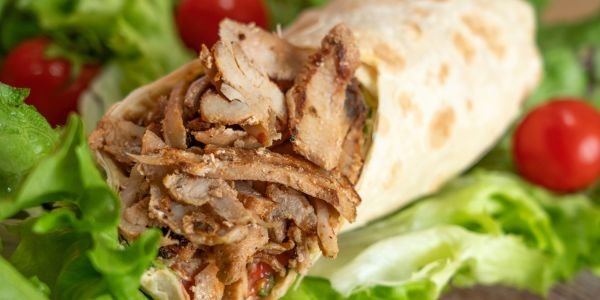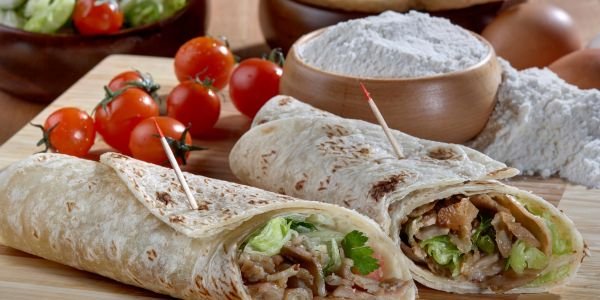Table of Contents
One of the most iconic and cherished dishes from the Middle East is the shawarma. Grilled to perfection, seasoned with a bouquet of spices, and served in a variety of ways to satisfy every palate, shawarma is a testament to the region’s rich culinary history. But there’s a dimension to this dish that holds a deep cultural and religious significance: the Halal shawarma.
Understanding Halal
Before diving into the delicacy of the shawarma, one needs to understand the concept of ‘Halal’. In Arabic, the term Halal means ‘permissible’. In an Islamic context, it refers to what’s allowed by the religion. With regard to food, Halal delineates what’s permissible for Muslims to consume based on the teachings of the Quran.
One of the main considerations for meat to be Halal-certified is the method of slaughter. The animal should be healthy at the time of slaughter, and the act must be done in the name of Allah. The blood should then be fully drained from the veins, ensuring the meat is as pure and clean as possible.

Shawarma’s Origins
Shawarma’s origin can be traced back to the Ottoman Empire, where it was known as ‘çevirme,’ which translates to ‘turning.’ The technique involves stacking seasoned cuts of meat (like lamb, chicken, or beef) on a vertical rotisserie. As the spit rotates, the outer layer cooks to crispy perfection and is shaved off, while the inner layers continue to cook.
Halal Shawarma: Beyond the Method of Slaughter
For a shawarma to be truly Halal, it goes beyond just the method of slaughter. The meat should not be in contact with non-Halal meats or contaminated with non-Halal substances during preparation, cooking, and serving.
Moreover, the seasonings and additives should also adhere to Halal guidelines. This means no alcohol-based ingredients, and every element, from the garlic sauce to the yogurt, must be Halal-certified.
The Universal Appeal
While Halal shawarma holds a special place for Muslims, its appeal is universal. The meticulous method of preparation that Halal certifications require often translates to a product that is of high quality and unparalleled taste. The dedication to purity, cleanliness, and ethical treatment of animals aligns well with the growing global trend toward mindful consumption.
Serving Styles and Accompaniments
Halal shawarma can be savored in various ways:
- Wraps and Rolls: One of the most popular forms, the juicy shavings of meat are rolled into flatbreads like pita or laffa, often accompanied by fresh veggies, pickles, and an array of sauces.
- Plates: Served alongside rice or bread, with accompaniments like hummus, tabbouleh, and fattoush.
- Salads: For a low-carb option, Halal shawarma meat can be added to a fresh salad, drizzled with tahini or garlic sauce.
Exploring the Varieties
Though the core concept remains consistent, Halal shawarma has various regional twists:
- Lebanese Shawarma: Often uses a mix of yogurt, vinegar, and spices for marination. Garlic sauce (toum) is a staple side.
- Turkish Shawarma (Döner Kebab): Uses a mix of beef and lamb, served with a side of tzatziki sauce.
- Egyptian Shawarma: Known for its heavy seasoning, often using cardamom, cloves, and bay leaves.
Halal shawarma is more than just a dish; it’s an experience steeped in history, and religious significance, and a testament to the culinary prowess of the Middle East. Its mouth-watering flavors, when combined with the assurance of Halal certification, make it a favorite for many, regardless of religious or cultural background.
Whether you’re indulging in it from a bustling street-side stall in Cairo or a chic restaurant in New York City, Halal shawarma promises an unforgettable taste journey.
Also, find out your XNXP personality traits




























